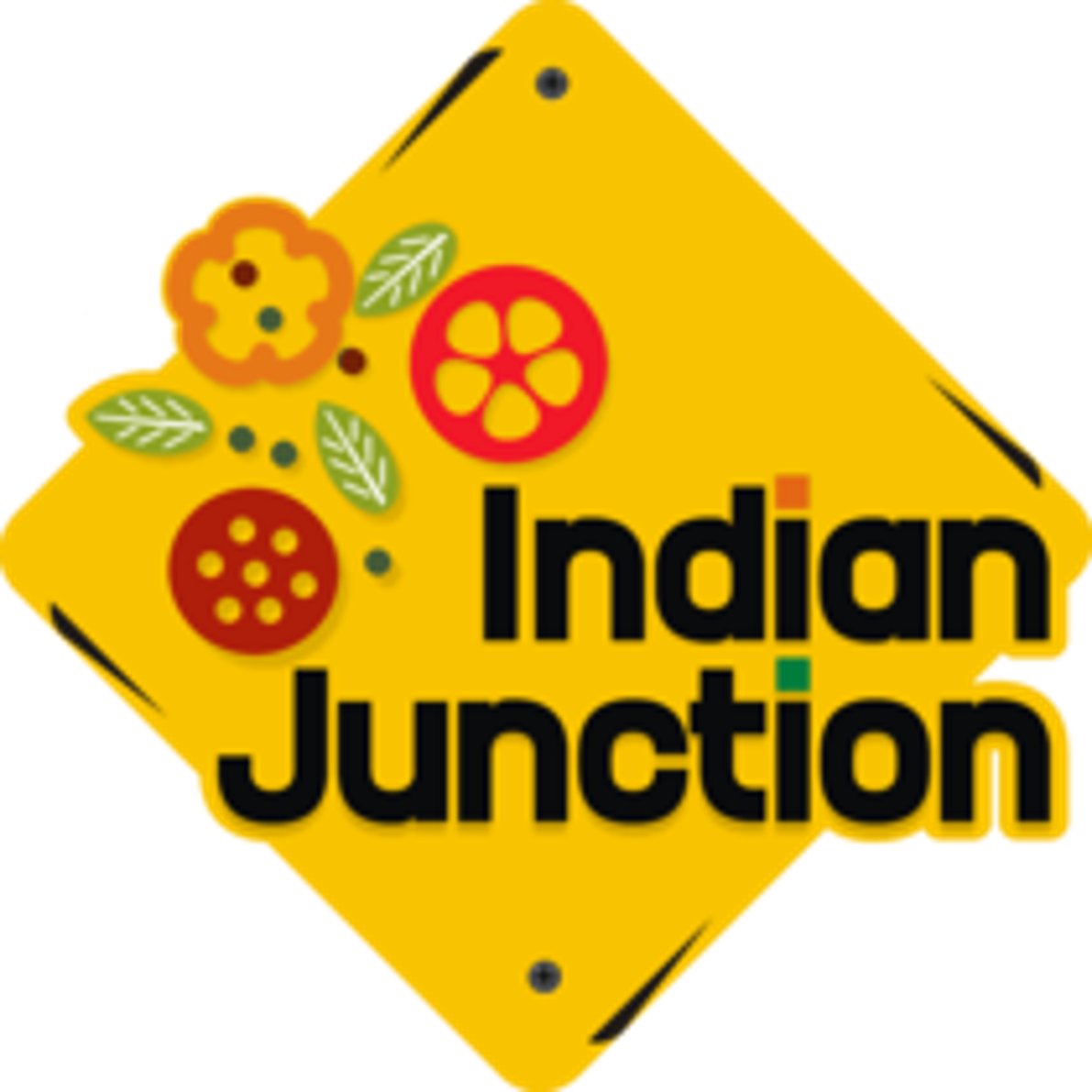India’s culinary diversity is as vast as its geography, with each region offering distinct flavors, ingredients, and cooking techniques. Among these, North Indian and South Indian cuisines stand out as two major pillars of Indian gastronomy, each with its own unique identity. While North Indian food is known for its rich, creamy gravies and wheat-based dishes, South Indian cuisine is celebrated for its light, tangy, and rice-based flavors.
In this blog, we’ll take a deep dive into the differences, specialties, and must-try dishes of these two vibrant culinary traditions.
The Fundamental Differences Between North and South Indian Food
Before we explore the dishes, let’s understand what sets these two regional cuisines apart:
| Aspect | North Indian Cuisine | South Indian Cuisine |
|---|---|---|
| Staple Food | Wheat-based (roti, naan, paratha) | Rice-based (idli, dosa, rice dishes) |
| Flavors | Rich, creamy, mildly spiced | Tangy, spicy, coconut-infused |
| Cooking Medium | Butter, ghee, mustard oil | Coconut oil, sesame oil |
| Popular Spices | Garam masala, cumin, coriander, cardamom | Mustard seeds, curry leaves, tamarind, red chilies |
| Use of Dairy | Heavy use of cream, butter, and paneer | Minimal dairy, more coconut-based ingredients |
While both regions use a variety of spices, their combinations and cooking styles create completely different taste experiences.
North Indian Delicacies: Rich, Hearty, and Indulgent
North Indian cuisine is influenced by Mughal, Persian, and Punjabi traditions, leading to a preference for aromatic spices, slow-cooked meats, and dairy-rich gravies.
Must-Try North Indian Dishes
🥘 Butter Chicken (Murgh Makhani) – A globally loved dish featuring succulent chicken cooked in a creamy tomato-based gravy, often enjoyed with naan.
🍛 Paneer Butter Masala – A vegetarian delight with soft paneer cubes simmered in a buttery, spiced tomato gravy.
🍞 Aloo Paratha – A stuffed flatbread filled with spiced mashed potatoes, served with yogurt and pickles.
🍛 Dal Makhani – Slow-cooked black lentils enriched with butter and cream, best paired with rice or naan.
🍢 Tandoori Kebabs – Marinated meats or vegetables cooked in a clay oven, offering smoky flavors and juicy textures.
🥘 Rajma Chawal – A comforting dish of red kidney beans cooked in a thick tomato gravy, served with steamed rice.
North Indian meals are often accompanied by pickles, chutneys, and a side of yogurt or raita to balance out the richness.
South Indian Delicacies: Light, Spicy, and Flavorful
South Indian cuisine is heavily influenced by coastal flavors, making use of tamarind, coconut, and a variety of lentils. The emphasis is on light, fermented foods and aromatic spices.
Must-Try South Indian Dishes
🥞 Dosa – A crispy, thin pancake made from fermented rice and lentil batter, served with coconut chutney and sambar.
🍚 Bisi Bele Bath – A Karnataka specialty, this spicy rice dish is cooked with lentils, tamarind, and a special blend of spices.
🍛 Sambar – A tangy lentil soup loaded with vegetables and flavored with tamarind, served as an essential accompaniment to most meals.
🍲 Rasam – A thin, peppery soup often enjoyed as a starter or poured over rice.
🍛 Chettinad Chicken Curry – A fiery, aromatic chicken dish from Tamil Nadu, featuring a medley of spices.
🌿 Avial – A Kerala specialty made with mixed vegetables, coconut, and curry leaves.
South Indian meals are typically served on banana leaves, enhancing the aroma and authenticity of the dishes.
Indian Cuisines: Which One Should You Try?
If you prefer:
✔ Rich, creamy gravies and buttery bread → Go for North Indian food.
✔ Light, tangy flavors with fermented rice dishes → Try South Indian cuisine.
✔ A mix of both worlds → Opt for a thali, which includes multiple small portions of different regional dishes.
Both cuisines offer an exciting range of flavors, making it hard to choose just one!
Common Ingredients in Indian Cooking
Despite their differences, both North and South Indian cuisines share some essential ingredients:
🌶 Spices: Turmeric, cumin, coriander, cardamom, and mustard seeds.
🌾 Lentils & Grains: Rice, wheat, urad dal, chana dal.
🧄 Aromatics: Garlic, ginger, curry leaves.
🥜 Fats: Ghee, coconut oil, mustard oil.
It’s the combination of these ingredients, along with unique cooking techniques, that makes Indian cuisine so diverse and flavorful.
Where to Enjoy Authentic Indian Cuisine?
If you’re in the Netherlands and craving authentic North or South Indian flavors, head to Indian Junction! From buttery naan to crispy dosas, they bring the best of Indian cuisine to your table. Whether you’re a fan of creamy North Indian curries or spicy South Indian delicacies, their menu has something for everyone.
Explore their menu today and indulge in the best Indian food in town!
Final Thoughts
Indian cuisine is a beautiful blend of flavors, textures, and traditions. Whether you’re enjoying a rich North Indian curry or a tangy South Indian sambar, each bite tells a story of regional heritage and culinary expertise.
So, the next time you’re craving Indian food, try something new—perhaps a fluffy dosa for breakfast or a plate of creamy butter chicken for dinner. And if you’re looking for an authentic experience, don’t forget to visit Indian Junction for a taste of India right in the Netherlands!
Happy feasting! 🍛🍽️



